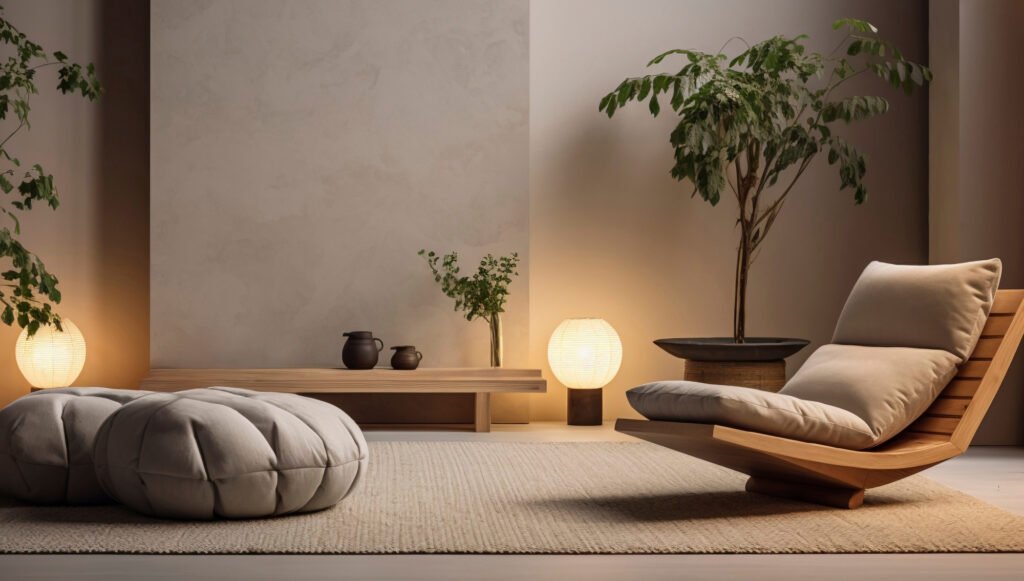Introduction:
The lighting in your living space plays a pivotal role in setting the mood, enhancing functionality, and showcasing your home’s aesthetics. Whether you’re aiming for cozy ambiance, task-specific illumination, or a blend of both, this guide will help you master the art of lighting your living space. Let’s explore the various aspects of lighting and discover how to create a well-lit, inviting atmosphere in your home.
1. Understand Your Lighting Needs:
Before you start selecting light fixtures, it’s important to assess the specific lighting needs of your living space. Ask yourself these questions:
– What activities take place in this room? (Reading, working, entertaining, etc.)
– What mood or ambiance do you want to create? (Warm and cozy, bright and lively, etc.)
– Are there any architectural or decorative features you want to highlight?
2. Layer Your Lighting:
Achieving the perfect lighting balance often involves layering different types of lighting:
– Ambient Lighting: This provides overall illumination to the entire room and sets the foundation. Common sources include ceiling fixtures, chandeliers, and pendant lights.
– Task Lighting: Task-specific lighting focuses on particular areas for activities like reading, cooking, or working. Options include desk lamps, under-cabinet lights, and floor lamps.
– Accent Lighting: Accent lights highlight artwork, architectural details, or other decorative elements. Track lighting, wall sconces, and picture lights are great for this purpose.
3. Choose the Right Bulbs:
Selecting the appropriate bulbs can significantly impact the quality of light in your living space. Consider the following factors:
– Brightness (Lumens): Different areas may require varying levels of brightness. For example, a reading nook might benefit from higher lumens, while a dining area may be more inviting with softer lighting.
– Color Temperature (Kelvin): The color temperature of a bulb can affect the mood. Cooler temperatures (higher Kelvin) create a daylight-like, energetic ambiance, while warmer temperatures (lower Kelvin) offer a cozier, more relaxing feel.
– Energy Efficiency: Opt for energy-efficient LED or CFL bulbs to reduce electricity consumption and save on energy bills.
4. Position Fixtures Strategically:
Placing light fixtures in the right locations is essential. Here are some guidelines:
– Overhead lighting should be in the center of the room to evenly distribute ambient light.
– Task lighting should be directed onto the work area without causing glare or shadows.
– Use accent lighting to draw attention to specific objects or architectural elements.
5. Dimmer Switches:
Installing dimmer switches offers versatility by allowing you to adjust the brightness according to your needs and mood. Dimmers can be a game-changer for creating a cozy, welcoming atmosphere in your living space.
6. Decorative Lighting:
Light fixtures can be more than just functional; they can also serve as stylish decor elements. Choose fixtures that complement your home’s aesthetic, whether it’s modern, traditional, or eclectic.
Conclusion:
The key to illuminating your living space lies in understanding your unique needs and the art of layering different types of lighting. By considering ambient, task, and accent lighting, selecting the right bulbs, and strategically positioning fixtures, you can create a warm, inviting atmosphere that reflects your personal style and enhances the functionality of your home. So, don’t underestimate the power of good lighting in transforming your living space into a well-lit, beautiful haven.

